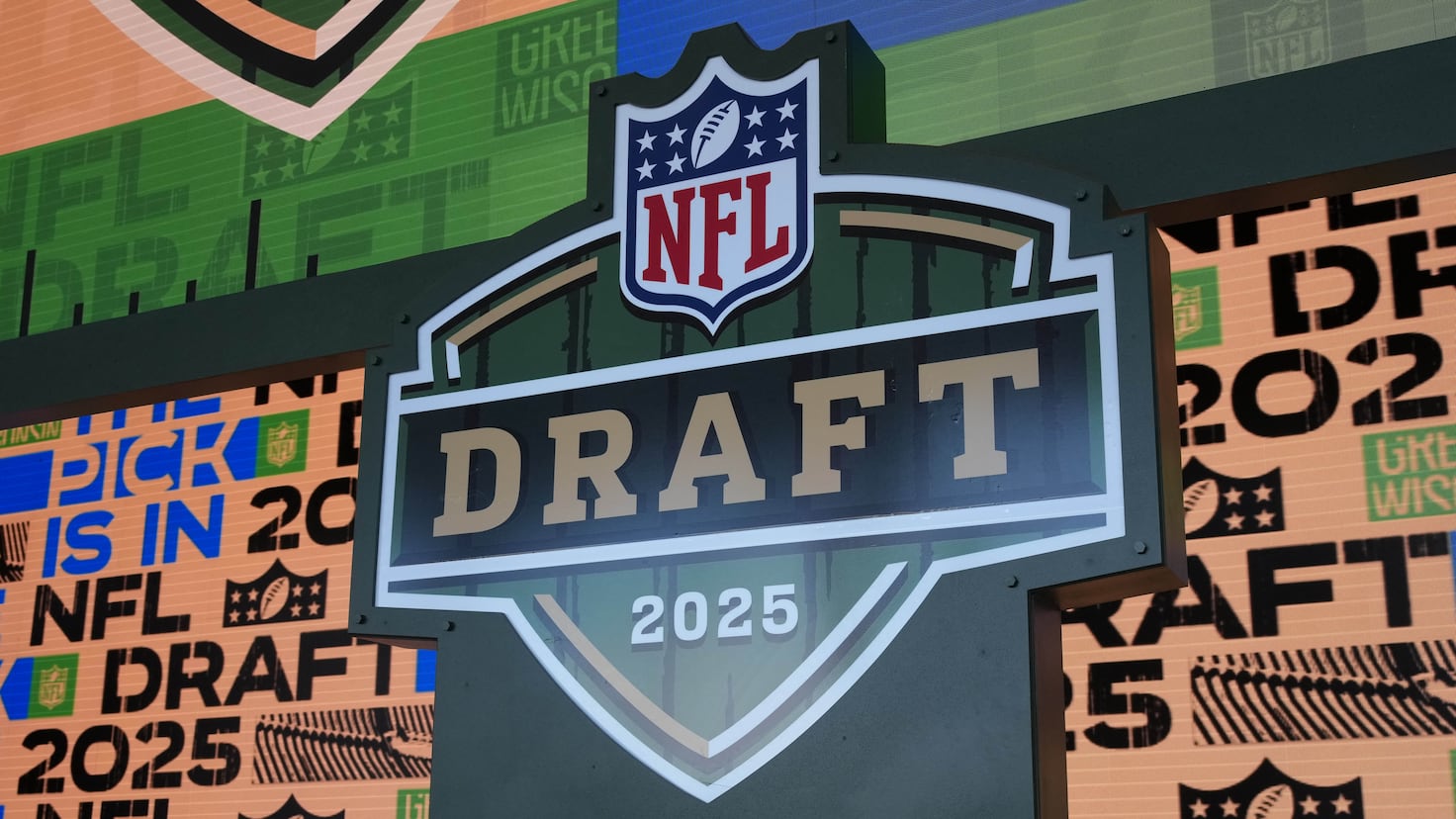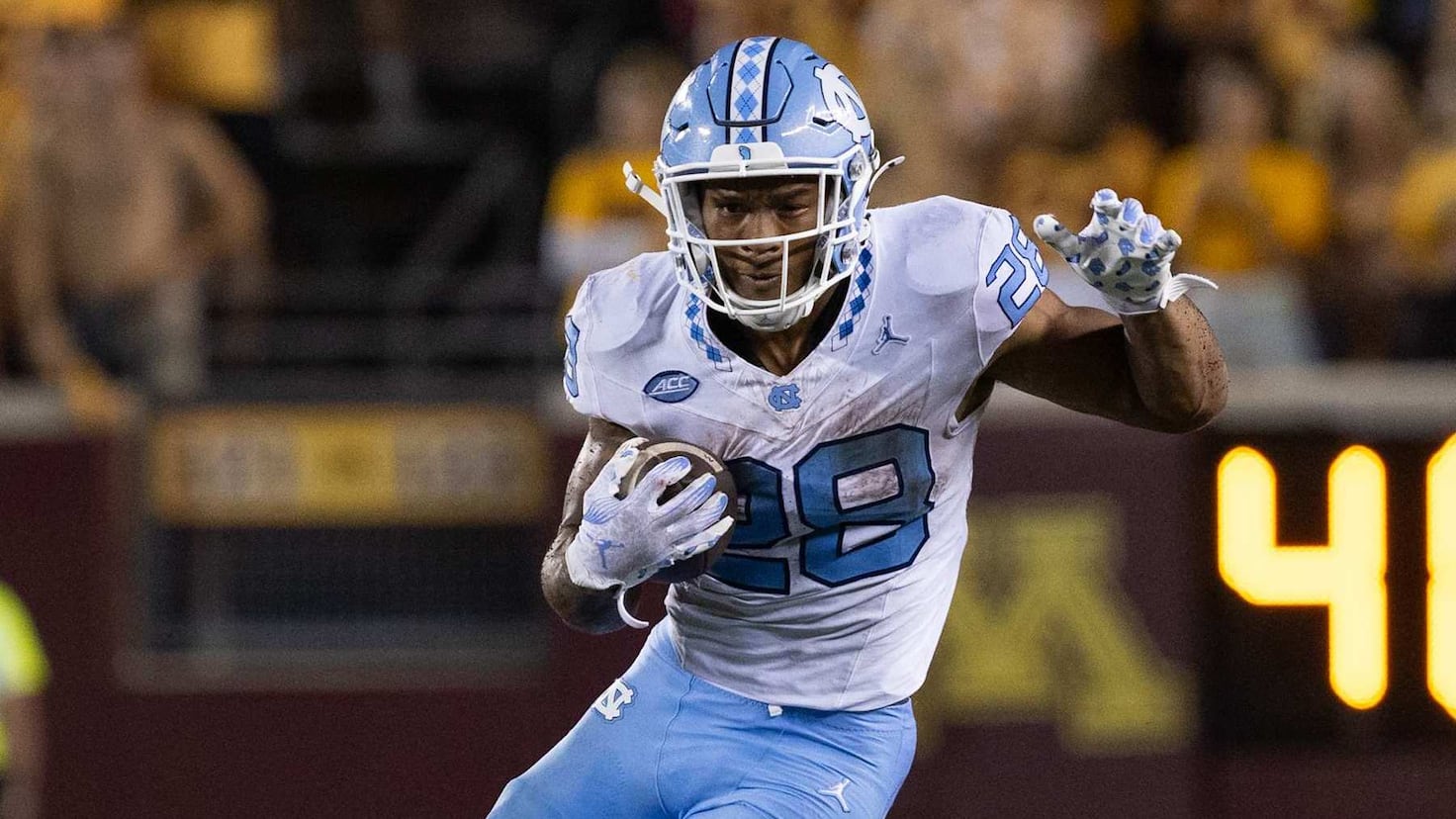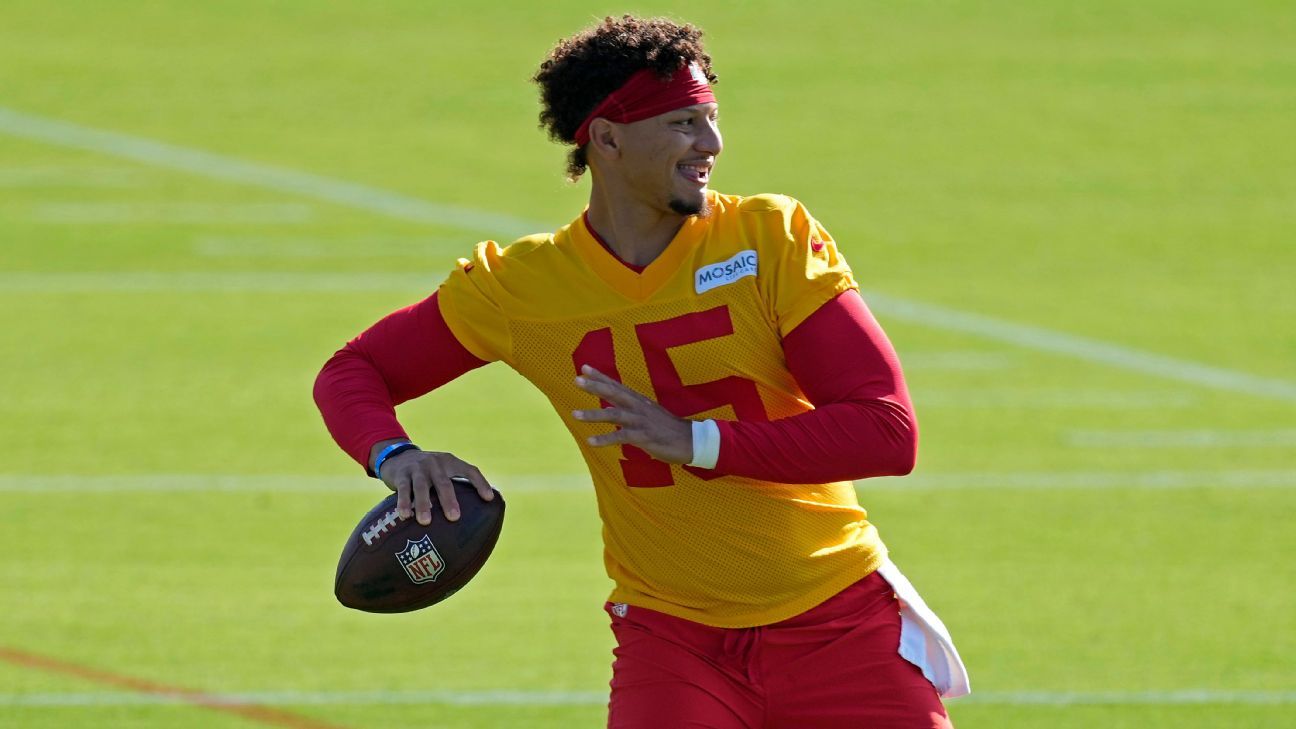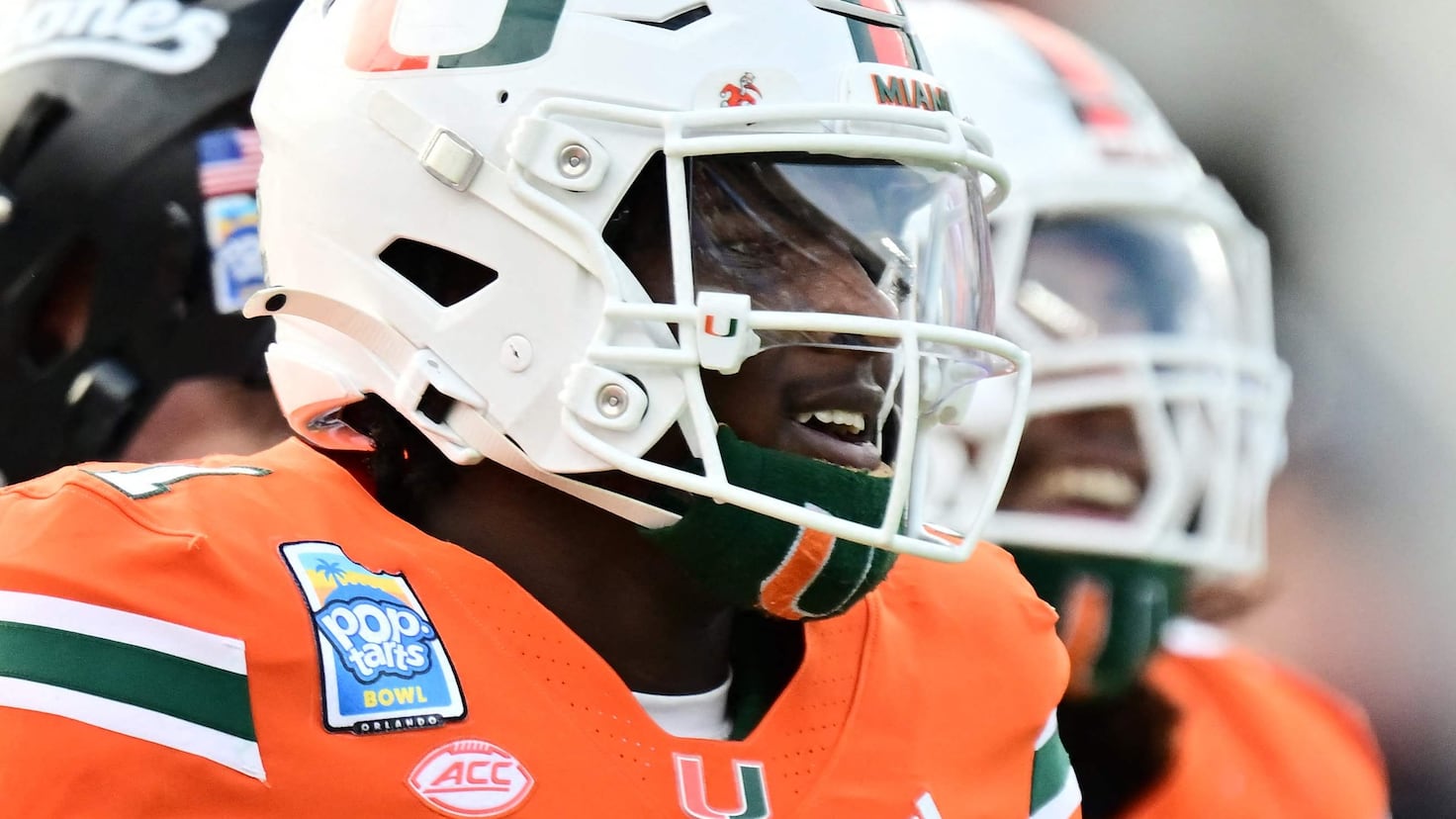The NFL Draft is the event football fans look forward to in the offseason, where teams get a chance improve their roster by getting the pick of the lot. What happens when a player doesn’t want to sign up with the team that chooses him?
Follow live the 2025 NFL Draft
We don’t think that this problem will be a likely outcome for Cam Ward, Travis Hunter or Abdul Carter, the big names this time round, but is saying no even an option?
When is the NFL Draft?
The 2025 NFL Draft is scheduled for April 24-26with each day starting at a specific (ET) time.
- Thursday, April 24: Round 1 (8 p.m.)
- Friday, April 25: Rounds 2-3 (7 p.m.)
- Saturday, April 26: Rounds 4-7 (12 p.m.)
Why would a player not want to join a team?
There are several reasons a player would not want to join an organization that intends to draft him. For example, since the team that gets first pick is the one that had the worst performance in the past season, a top draft pick may prefer to go with a squad with a better record. It could also just be a strong personal preference.
If players were given the choice as to which franchise to sign up with, the draft would likely take longerand it would also defeat the purpose of giving poor-performing teams a chance to bolster their lineup as the athletes might choose to play with winners.
As such, the prospects are technically limited to the draft slot that they were given. So if a team chooses him, the franchise simply has the rights to sign him up.
NFL Draft: What if the player doesn’t want to join a team?
If the player truly does not want to join the team that drafted himhe will have the option, in theory, of holding out and re-entering the draft the following year. This option, however, could mark him for other possible suitors as someone with an attitude problem, and also cost the NFL hopeful a year’s salary.
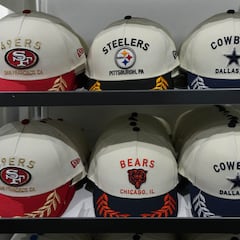
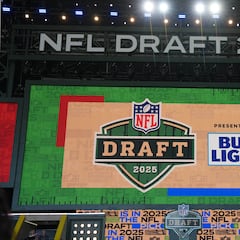
Bo Jackson took this route in the 1986 Draft, when the Tampa Bay Buccaneers named him their number one pick. He refused to join the Buccaneers and chose to hold out, and instead became a baseball player for the Kansas City Royals for a year. In 1987 he was chosen by the Los Angeles Raiders in the seventh round, and became both a baseball and football player.
The other option is to refuse to simply refuse to play for the team that drafted him and force a trade, as John Elway famously did in 1983 when he was chosen by the Baltimore Colts. In this case, he was adamant about not playing for the clubso Baltimore set up talks with the Denver Broncos, which he joined and led to two Super Bowl Championships.
